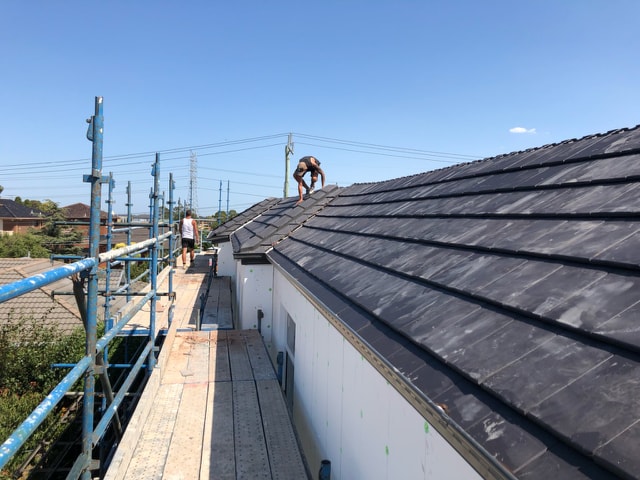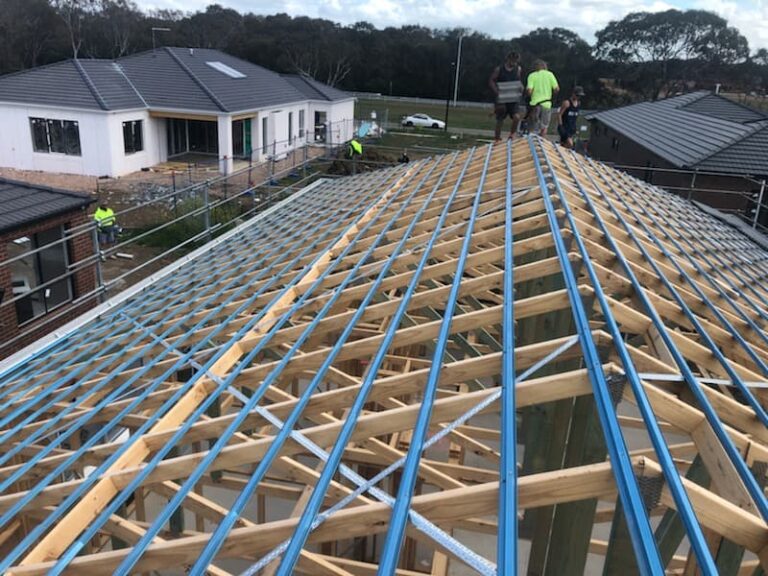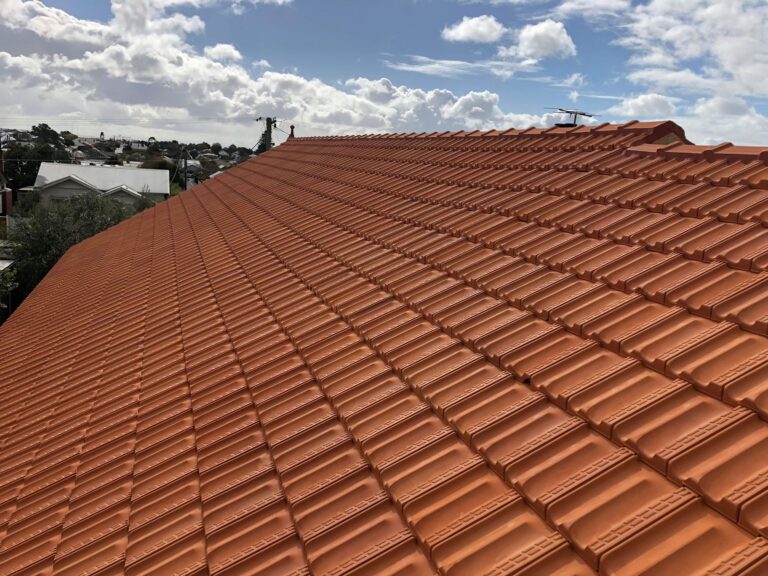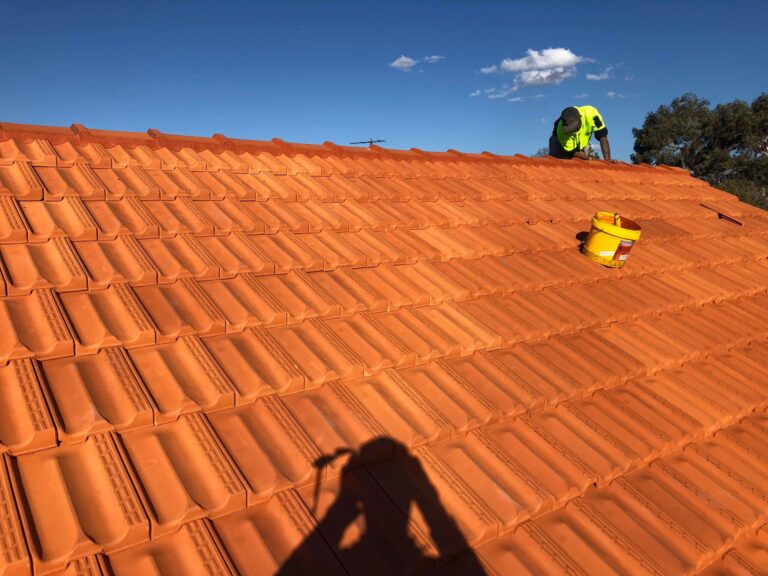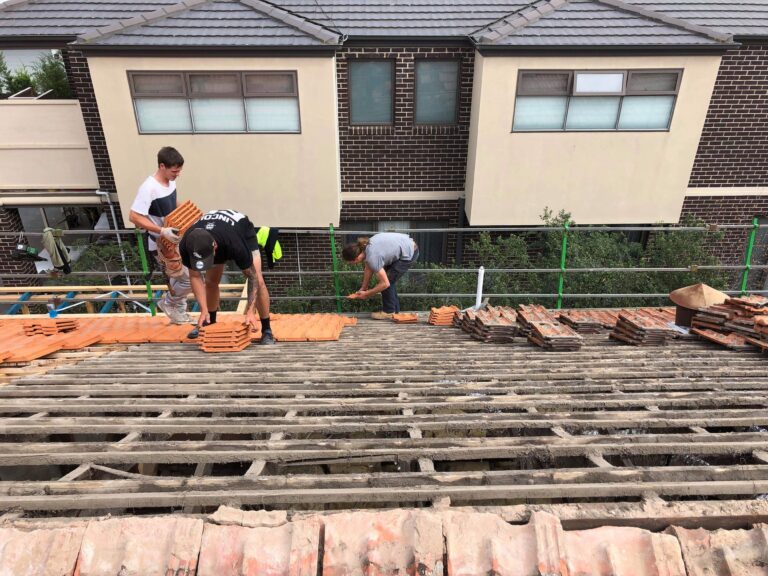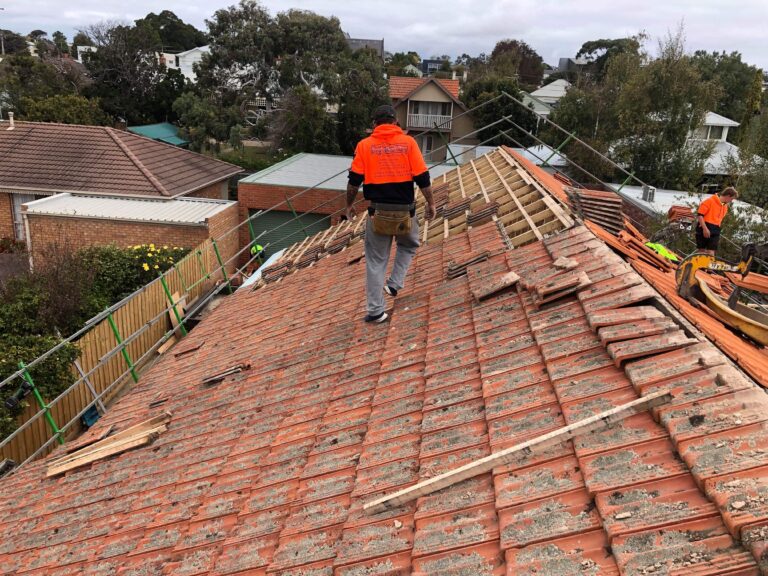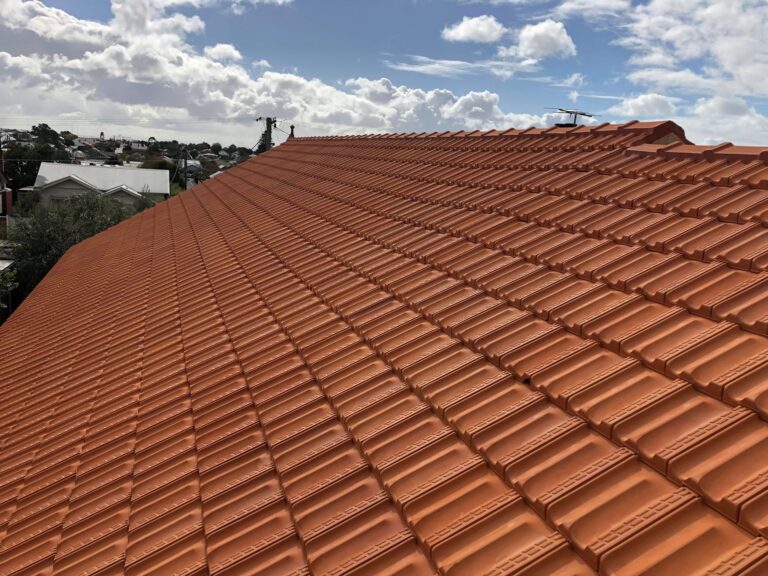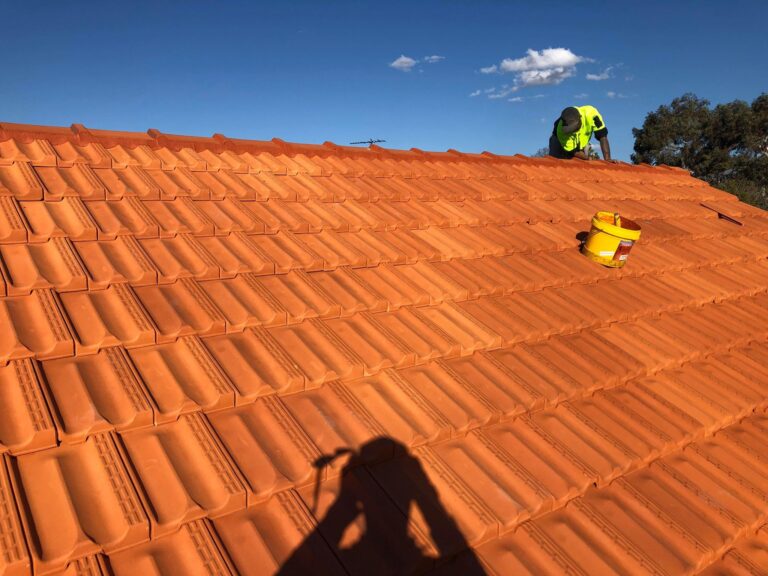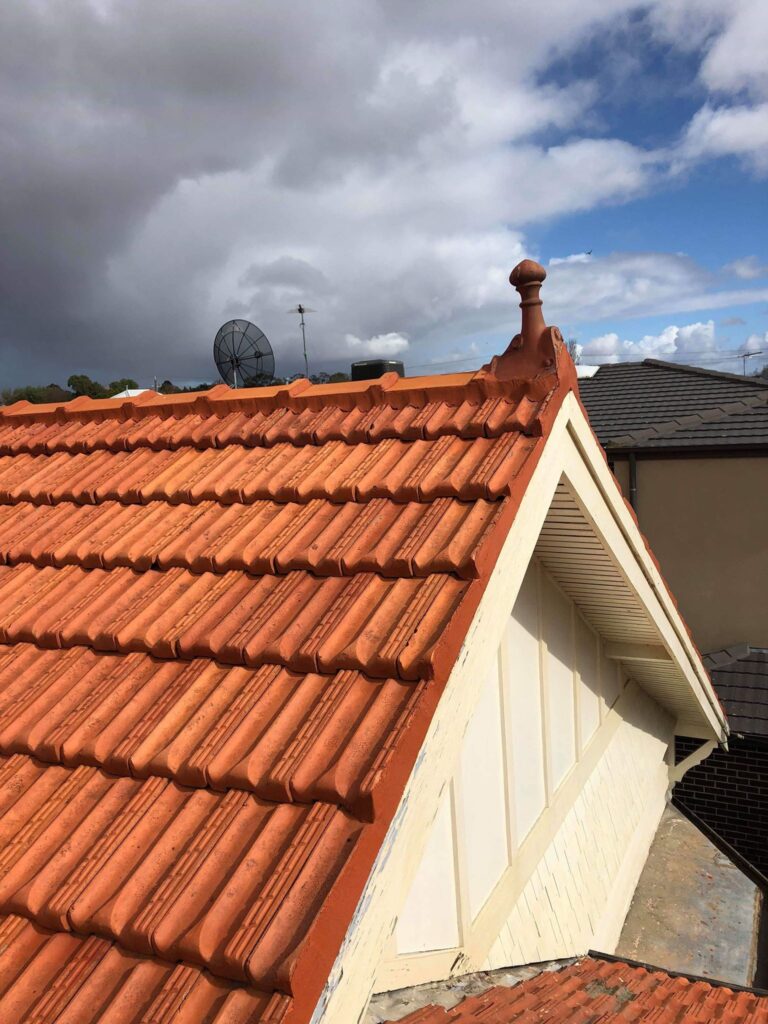Our Work
Roof tiling refers to the process of covering the roof of a building with individual tiles made from various materials such as clay, concrete, or slate. It is a popular roofing method used to provide protection from weather elements and enhance the aesthetic appeal of a structure.
Roof tiles are typically designed in a specific shape and size to interlock with one another, creating a durable and water-resistant surface. The tiles are installed in an overlapping pattern, allowing rainwater to flow down the roof without seeping through the gaps.
The choice of roofing material depends on factors such as climate, architectural style, and personal preferences. Clay tiles are known for their durability, natural appearance, and insulation properties. Concrete tiles offer a cost-effective alternative while providing strength and longevity. Slate tiles, known for their elegance and durability, are a premium option often used in high-end constructions.
Roof tiling requires skilled craftsmanship to ensure proper installation and long-lasting performance. Proper underlayment, flashing, and ventilation systems are essential to prevent leaks and maintain the structural integrity of the roof. Regular maintenance and inspections are recommended to identify any damage or wear over time and take necessary repairs or replacements.
Overall, roof tiling serves as a functional and visually appealing solution for protecting buildings, adding value to properties, and complementing architectural designs.
